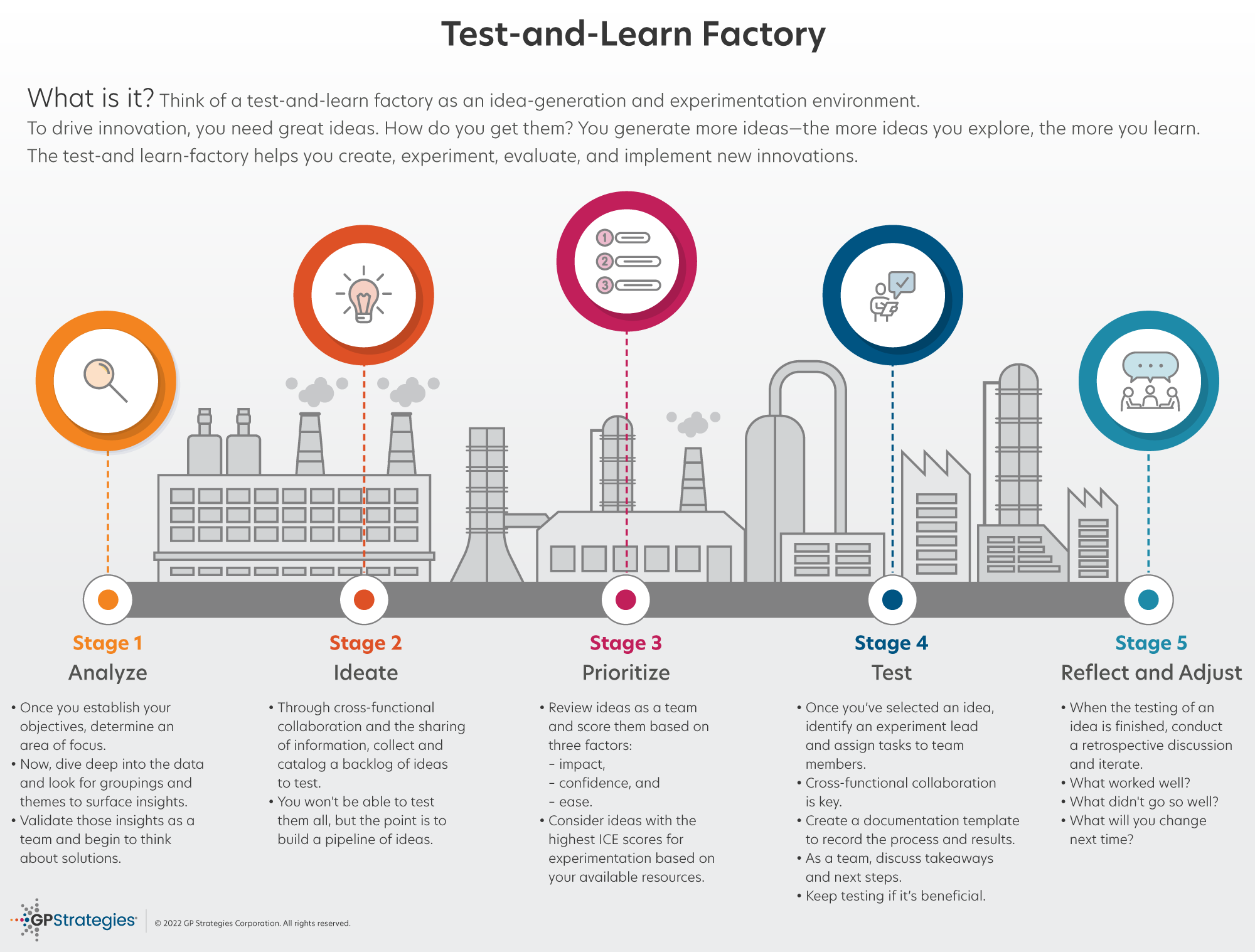Unleashing Innovation: Testing Ground for Success
In today’s fast-paced and ever-evolving market, innovation is the key to success. Companies are constantly striving to stay ahead of the competition by coming up with new and groundbreaking products. However, the road to innovation is fraught with challenges, and not every new idea will be a hit with consumers. This is where testing and validation come into play.
Testing and validating innovative products is crucial for ensuring their success in the market. By putting new ideas through rigorous testing processes, companies can identify potential flaws and make necessary adjustments before launching them to the public. This not only saves time and money but also helps in creating products that truly resonate with consumers.
One of the best practices for testing innovative products is to create a testing ground where ideas can be put to the test in a controlled environment. This can be done through focus groups, surveys, or even beta testing with a select group of consumers. By collecting feedback from real users, companies can gain valuable insights into how their products are perceived and make necessary tweaks to improve them.
In addition to testing, validation is also a crucial step in the innovation process. Validation involves confirming that a product meets the needs and expectations of its target market. This can be done through market research, prototype testing, and even pre-order campaigns. By validating their products before launch, companies can minimize the risk of failure and ensure that their innovations are well-received by consumers.

Image Source: gpstrategies.com
One company that has successfully unleashed innovation through testing and validation is Apple. The tech giant is known for its groundbreaking products such as the iPhone and iPad, which have revolutionized the way we interact with technology. Apple’s success can be attributed to its meticulous testing and validation processes, which involve extensive user testing and feedback collection.
Another key aspect of testing and validating innovative products is to involve cross-functional teams in the process. By bringing together experts from different departments such as marketing, engineering, and design, companies can gain a holistic perspective on their products and address any potential issues from multiple angles. This collaborative approach not only leads to better products but also fosters a culture of innovation within the organization.
In conclusion, testing and validating innovative products are essential steps in the product development process. By creating a testing ground, involving cross-functional teams, and validating products before launch, companies can increase their chances of success in the market. Innovation is a journey filled with ups and downs, but with the right testing and validation strategies in place, companies can unleash their creativity and bring groundbreaking products to life.
Paving the Way: Strategies for Validating Products
In the world of product development, testing and validating innovative products is crucial for success. Without proper validation, companies risk launching products that may not meet the needs of their target audience or may not function as intended. This can lead to wasted resources, unhappy customers, and ultimately, a failed product.
So, what are the best practices for validating products? Let’s explore some strategies that can pave the way for success in testing and validating innovative products.
One key strategy is to involve end-users early and often in the validation process. By gathering feedback from real users, companies can ensure that their products are meeting the needs and expectations of their target audience. This can help identify any potential issues or areas for improvement before the product is launched, saving time and resources in the long run.
Another important strategy is to use a combination of qualitative and quantitative testing methods. Qualitative methods, such as focus groups and interviews, can provide valuable insights into the thoughts and feelings of users, while quantitative methods, such as surveys and analytics, can help companies gather data on a larger scale. By using both types of testing methods, companies can gain a more comprehensive understanding of how their product is being received by users.
In addition to gathering feedback from end-users, companies should also consider testing their products in real-world scenarios. This can help identify any potential issues that may arise once the product is in use, allowing companies to make necessary adjustments before the product is launched. By conducting real-world testing, companies can ensure that their products are not only functional, but also user-friendly and reliable.
Furthermore, companies should also consider the importance of continuous testing and iteration. Product development is an ongoing process, and companies should be prepared to make changes and improvements to their products based on feedback from users. By continuously testing and iterating on their products, companies can ensure that they are always meeting the needs of their customers and staying ahead of the competition.
Another important aspect of validating products is to consider the competitive landscape. Companies should not only test their products against the needs and expectations of their target audience, but also against the products of their competitors. By understanding how their products stack up against the competition, companies can identify any areas where they may need to improve and stay ahead in the market.
Overall, testing and validating innovative products is a critical step in the product development process. By following best practices such as involving end-users early and often, using a combination of qualitative and quantitative testing methods, conducting real-world testing, continuously iterating on products, and considering the competitive landscape, companies can pave the way for success in testing and validating their products. By taking these strategies into account, companies can ensure that their products are not only innovative, but also successful in the market.
Best Practices for Testing and Validating Innovative Products